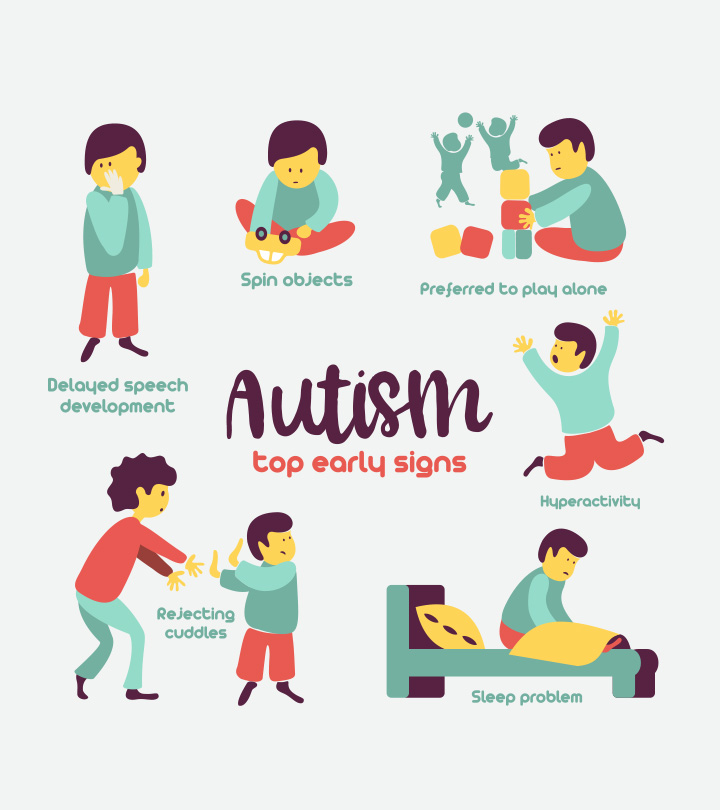Autism & Tough Behaviour: 3-18 Years

Core Symptoms Of Autism Spectrum Problem

Monitoring approaches frequently include developing consistent routines, minimizing sensory overload, and training coping skills for psychological distress. It's critical to bear in mind you may not understand why your kid gets triggered by particular things. Yes, this can be challenging, particularly when your youngster's bothersome autism actions interrupt daily living. But bear in mind, by observing your youngster's habits, you're discovering exactly how you can assist them reach their full capacity. Trouble behaviors in youngsters with autism can make daily life more demanding and overwhelming.
Social Communication And Social Interaction
- School-age children (6-12 years) with ASD could fight with the social demands of the classroom.At the heart of ASD exist several core behavior characteristics that, while common, manifest in a different way in each individual.Various other signs, such as frequency ratios, ages at assessment or ASD diagnosis, and co-occurring intellectual impairment, were similar making use of both instance meanings.Repetitive behaviors are one more common characteristic of youngsters with autism.
Understanding the underlying reasons for difficult habits is vital. Variables like sensory sensitivities or changes in routine can activate difficulties. Implementing constant feedbacks without emotional reactions is important; preserving a calm temperament encourages stability. Problem behaviors in kids with autism usually occur when they are overstimulated by their senses, making it hard for them to control their activities. Any type of kind of unexpected or unannounced social event can cause your youngster with autism to present trouble behaviors. Aiding your youngster overcome issue Autistic Burnout habits might seem difficult, specifically if they show numerous challenging actions you wish to transform.
" [These children] do not make use of things for pretend play-- stuff like picking up a sponge and using it as a pretend phone," she states. Play-feeding a doll or acting the sofa is a truck or train are various other examples. If this type of pretend play hasn't started by 18 months, that's a warning sign, keeps in mind the CDC. One in 68 kids have autism, and the disorder is roughly 5 times more likely to impact kids than girls. Ultimately, recognizing ASD actions is not nearly managing difficulties or http://rafaelfnpd013.cavandoragh.org/autism-range-condition-symptoms-and-reasons applying approaches.
Playing Alone
When possible, websites connected information from children identified with ASD to birth certification info from their state to acquire extra demographic info. Details regarding race and ethnic culture was abstracted largely from the clinical or education documents and, when missing out on, was augmented by birth certificate, administrative, or payment information. Children with race coded as various other or multiracial were left out from race-specific prevalence quotes, and the common denominator information do not include those classifications. Estimates for non-Hispanic American Indian/Alaska Indigenous (AI/AN) children were not reported in the majority of outcomes due to small numbers. When it involves sustaining people with ASD, there's no one-size-fits-all approach. Instead, it has to do with producing a toolbox of methods that can be tailored per person's distinct demands and strengths. As individuals with ASD get in their adult years, they encounter brand-new hurdles associated with freedom, work, and relationships. Some grownups may display child-like behaviors, which can be misunderstood by those unfamiliar with ASD. It's important to bear in mind that these behaviors are not an option or an indicator of immaturity, but rather an indication of their special neurology. At the heart of ASD exist a number of core behavioral qualities that, while typical, reveal differently in each person.